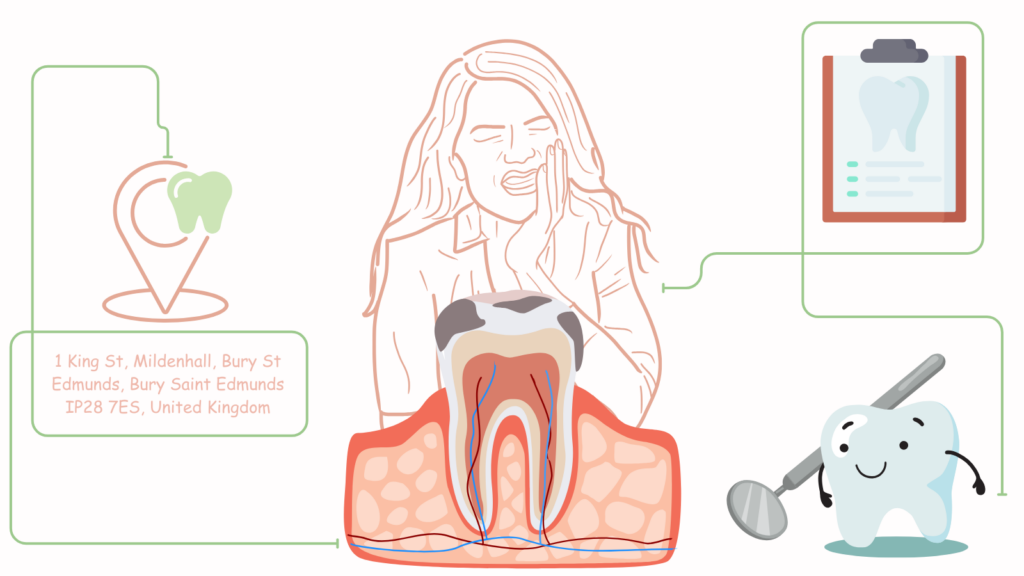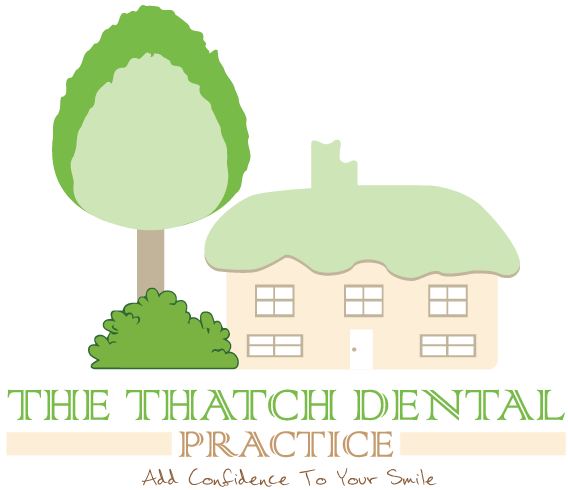
Every year, millions of people discover themselves writhing in agonizing dental discomfort, striking unexpected emergencies that warrant immediate attention. According to a 2022 study conducted by the American Dental Association (ADA), approximately 2 million visits to the emergency room occur each year due to dental pain. The reasons differ: trauma, infections, broken teeth or frenetic swelling, the impact is identical: excruciating pain, the interruption of life, the necessity of treatment.
Still, many people wait to get emergency dental treatment because they aren’t sure what’s wrong, are afraid to go to the dentist, or fear how much it will cost. Such reluctance can cause complications, higher costs, and even life-threatening infections. That is when knowing what emergency dental treatment is needed, and what it takes to get that treatment can be the difference in how fast you recover, or how long you are suffering.
Consideration: Consequences of Delay in Emergency Dental Care
Neglecting a dental emergency does not only make the pain last longer — it can cause much worse ailments. Here are two real cases that illustrate the dangers of delayed treatment:
Admitted to the hospital for unresolved tooth abscess
The man — a 32-year-old Texan — endured persistent pain in his tooth for several weeks, assuming it would eventually fade. When the swelling reached his neck, he found himself in the hospital with Ludwig’s Angina, a potentially fatal bacterial infection. He needed an extensive hospital admission and several procedures. The original problem — a straightforward cavity — could have been managed with a filling or a root canal.
Severe Infection After Tooth Breaks
A woman in her 40s broke off a piece of her molar while chewing. Rather than seeking treatment right away, she took over-the-counter painkillers. Within a month, she could no longer tolerate the pain, and she was diagnosed with osteomyelitis, a serious bone infection. It demanded not only tooth extraction but also antibiotics and jaw surgery.
Treatment and Prevention of Wisdom Tooth Infection
A college student with chronic swelling around a wisdom tooth overlooked the condition until it was hard to open his mouth. The infection had progressed, causing fever and shortness of breath. He needed emergency dental surgery and was told that if he’d waited any longer he could have ended up with a systemic infection that would have compromised his heart and brain.
These cases show the very real dangers of dismissing dental emergencies. So, let’s discuss exactly what emergency dental treatment means and how you can quickly respond in the event of an emergency.
If you’re struggling, Some Essential Information About Emergency Dental Care
What is Considered a Dental Emergency?
A dental emergency is any actual scenario related to the teeth or gums that warrants immediate medical intervention to relieve pain, control bleeding, or prevent additional harm. Common emergencies include:
Severe Toothache: Chronic pain may be a sign of an infection, decay, or damage to the nerve.
Knocked-Out Tooth: If you get to your dentist in time, the tooth can be saved and reimplanted.
Chipped, Broken, or Cracked Tooth: Exposed nerves can be excruciating and put you at risk for infection.
Abscess gum: Painful swelling with pus, often caused by bacterial infection.
Loose or Missing Dental Filling/Crown — Exposed teeth are subject to further damage or infection.
If the patient has uncontrolled bleeding from the mouth could suggest trauma, gum disease, or other post-surgical complications
What to Do in a dental Emergency
Step 1: Assess the Situation
If you are in extreme pain, swelling, or bleeding, don’t look away. Assessment of the affected area, documenting symptoms, and assessing whether immediate action is warranted.
Step 2: First Aid Measures
In the meantime, you can use these quick fixes until you can see a dentist:
For Toothaches: Rinse with warm saltwater to cut down bacteria and inflammation.
For Knocked-Out Teeth: Put the tooth in milk or saline solution and get to a dentist immediately.
For Bleeding: Use light pressure with sterile gauze or a clean cloth.
For Swelling: Apply an ice pack to decrease pain and inflammation.
Step 3: Get Professional Care Right Away
If care is delayed, the problem could get worse. Schedule an appointment with an emergency dentist immediately to avoid any further complications. Dental clinics also offer dental emergencies 24/7, such cases are almost inevitable.
Common Emergency Dental Procedures You May Require
Root Canal Therapy – In the event that decay or infection penetrates the tooth’s pulp, root canal therapy removes the infected tissue to guard against further damage.
Tooth Extraction – When a tooth cannot be saved, extraction may be necessary to prevent the spread of infection.
Replacement of Dental Crown or Filling – It protects and restores damaged teeth.
Abscess Drainage – Stops the infection from spreading to other body parts.
Reimplanted Knocked-Out Tooth – A knocked-out tooth will be reattached if you act quickly.
What You Can Do to Avoid Dental Emergencies
There are some emergencies that can’t be avoided, but the bulk can be avoided through good oral hygiene and seeking regular dental check-ups. Here are steps you can take to lower your risk:
Brush and floss every day, to prevent decay and gum disease.
Optional use a mouthguard for the sports.
Don’t chew on hard foods (ice, hard candy) that could crack teeth.
Get to your dentist (at least twice a year) for preventive care.
Tackling small problems early—little cavities and mild sensitivity can spread if left unattended.
Cost of Emergency Dental Treatment & Insurance
Cost is one of the largest concerns regarding emergency dental treatment. Only thing is, the average emergency dentist visit costs between $100 and $500 to diagnose and relieve pain, according to the ADA. But treatment, whether in the form of extractions or root canals, may run anywhere from $500 to $2,000, depending on complexity.
But the Emergency Fees in our The Thatch Dental Practice is
Emergency Treatments | |
| Assessment | From £150 |
| Dressing | From £50 |
| Issue of Prescription | From £16 |
| Temporary Filling | From £85 |
| Emergency extraction | From £395 |
| Re-Cementation | From £85 |
| Pulp Extirpation | From £75 |
Most dental insurance plans cover emergency care, but coverage can differ. If you don’t have insurance, keep in mind:
Dental savings plans — Some dentists offer savings programs on a subscription basis.
Payment plans — Certain clinics offer flexible financing.
Low-cost dental clinics – Nonprofit and university dental clinics commonly offer emergency services at lower prices.
Conclusion: Act Before It’s Too Late
Emergency dental issues can strike anyone, and at any time. The quicker we act, the more we keep pain, cost and long-term damage to a minimum. Don’t wait—if you have an emergency, get emergency dental treatment right away.
No one likes to admit when they have a problem, but ignoring the problem doesn’t make it go away; it just gets bigger, and more expensive, and is eventually life-threatening! Learn how to protect your oral health and avoid unnecessary suffering by staying informed, maintaining good oral hygiene, and knowing where to find emergency dental care.
Remember: Pain is a signal. Don’t ignore it. Take action today.







